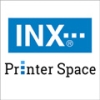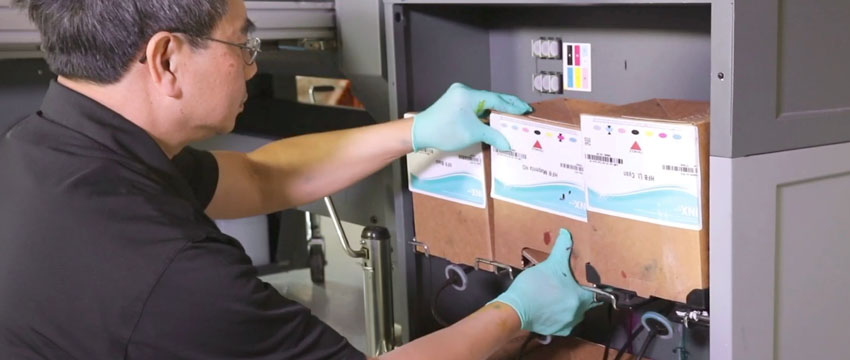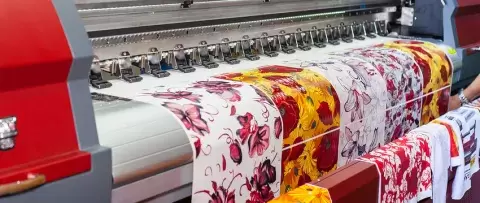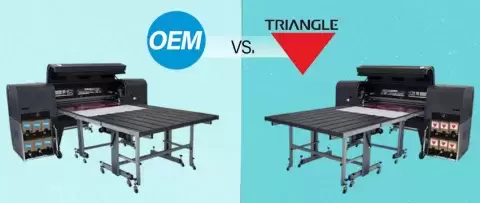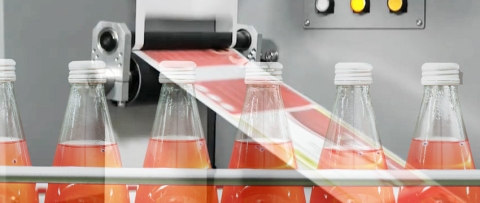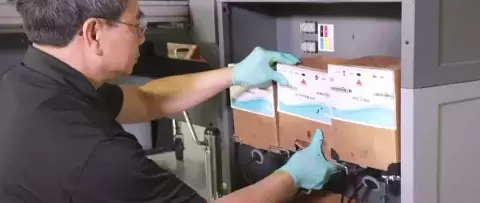Best Practices for Third-Party Wide Format Ink Conversions
Planning for your successful ink conversion
INX International has established best practices for third-party ink conversions that ensure you achieve the value, quality, and efficiency you and your customers’ demand. Third party inks often cost a fraction of those provided by the original equipment manufacturer (OEM), yet many PSPs hesitate to make the change due to the perceived risks involved. As a global manufacturer of high-performance inkjet inks, this blog post will cover our recommended best practices to implement during the pre-conversion, conversion, and post-conversion processes.
Pre-Conversion
Converting printers from their existing ink system to another requires thorough planning. It’s necessary to understand and document the processes, procedures, and expected ROI before beginning the conversion itself. At INX, we help customers set the foundation for a successful conversion for wide format and superwide format digital inkjet printers by completing an in-depth pre-conversion questionnaire. Together with the customer, INX technicians compile the following information:
- Printer specifications (manufacturer, media type, product code)
- Existing maintenance routines and records to ensure maintenance is up-to-date
- The condition of the current print head nozzles
- Pre-press information
- Packaging type/substrate material
INX technicians also check the electronics of the customer’s current ink systems as some inks involve electronic bypasses and it’s important to make sure those bypass systems (such as chips and re-setters) are in working order.
Once we have gathered the above-mentioned information, it’s time to see the print quality produced by the ink systems currently installed. INX recommends and requires a pre-conversion nozzle test to determine if there are any potential issues with missing or deflected nozzles prior to going forward with the project. We also benchmark the current ink system by printing multiple test images on the customer’s standard packaging type and/or substrate material.
We record the following conditions of the benchmark print:
- Ink cure in saturated areas
- Adhesion of ink to packaging material/substrate
- Over-spray
- Color expectations
- The condition of the print head nozzles
VIDEO
INX Digital technicians are available to perform conversions to TRIANGLE® ink
View Conversion Playlist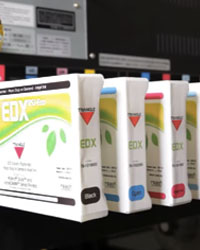
Conversion
Upon completion of the pre-conversion procedures, we begin converting the current ink system to the new, third-party, alternative ink system.
Color profiles are essential to every conversion and are created and installed at the beginning of the conversion process and most often done remotely. Ensuring that the third-party ink selected is both chemical and color compatible are important variables to consider during the conversion process. We have developed an extensive series of tests to assure that our products are forward compatible (our cartridge being inserted after the OEM) and backward compatible (the OEM ink is reloaded over our ink). This ensures chemical compatibility and reduces the risk associated with changing to our alternative ink products. Our technicians also provide assistance with ICC profile generation, creation of custom color profiles, and provide a comprehensive color-management training program for large printing operations.
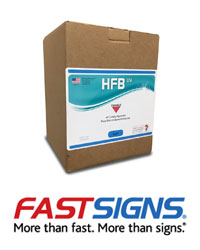
It is important to note that there are two methods of conversion. INX can conduct a remote conversion whereby INX experts use software to remote into the customer system and guide them through the actual conversion process.
Remote Conversion Process:
- Standard ICC color profiles are installed via Teamviewer, a free software program allowing remote access
- Create a workspace
- Confirm that any RFID’s, chips, and other necessary electronics are functioning properly
- Empty the waste tank
- Flush all lines
- Convert the ink
INX also provides comprehensive, on-site conversion support for larger, more in-depth operations. The process is similar to a remote conversion with the addition of INX expert technicians on-site to help with more complicated equipment and to address any special requirements, such as customer profiles and/or processes. Watch TRIANGLE® conversion videos for popular wide and superwide format digital printers.
Post-Conversion
Whether conducting a remote or an on-site conversion, the post-conversion practices are very similar:
- Verify all connections and clean up any ink spills
- Conduct a post-conversion nozzle test
- Print the same test pages as were printed pre-conversion.
- To make sure it is an accurate comparison, all pre-conversion variables (media, printer settings, print file, etc.) should be the same with the exception of the ink and the color profile – if using custom color profiles.
While many customers choose to go with third party ink for the cost savings, there are frequently several additional operational benefits that may include the following:
- Wider color gamut
- Increased production
- Improved ink adhesion
- Less maintenance required
- Improved ink mileage
DOWNLOAD
Pre- and post-conversion activities for converting to third-party, alternative inks
Download Checklist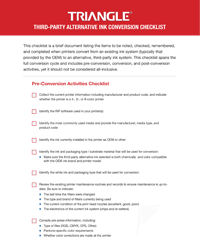
Conclusion
Many PSPs believe that the conversion process required to begin using third-party, alternative inks is challenging. They are concerned about potential down-time and the risk associated with operational challenges and dissatisfied customers. By going with an experienced partner who has established best practices for conversions, changeovers to alternative, third party inks, such as our TRIANGLE branded products, can be straight-forward and quite easy to accomplish.
